Nowadays, a buzzy frontlist title may have more than one edition of sprayed edges as well. Think of a Barnes & Noble special edition vs. a Target special edition. The blog From Enemies to Lovers made an infographic of Yarros’s third book in the Empyrean series, Onyx Storm, and all its special editions. Per the graphic, there were four (FOUR!) separate special editions of Onyx Storm, depending on the publisher and country of publication, and each addition had a different sprayed edge design. Book subscription boxes, like FairyLoot, OwlCrate, and Illumicrate, have also utilized the sprayed-edge special edition for years. It wouldn’t be impossible to get half a dozen versions of the same book. A collector’s dream? Absolutely. A little bit ridiculous and an obvious cash grab on the publisher’s part? Also yes.
With the prices of books being higher than ever, a higher cost of living, and a vastly growing demand for special editions and sprayed edges, I take away two things: That many readers are becoming collectors as well—not a bad thing!—and that capitalism has a chokehold on the publishing industry. What makes money, like a special edition or a sprayed edge, is more important than ever. While this may make for gorgeous books, which I buy as well, so I am by no means against them per se, this also makes for a really rough time for debut and midlist authors.
A Brief History of Sprayed Edges and Their Predecessors: It’s Older Than You Think
Displaying art on the edges of book paper is older than you think, though the process hasn’t always been sprayed, and the graphics have changed over time.
The original sprayed edges are actually called “fore-edge paintings,” and rather than sprayed or stenciled, the edges were hand-painted with watercolors. According to Britannic Auctions’ article “The Hidden Fore Edge Painting: Artistic Secrets in Antique Books,” fore edge paintings are described as such:
Fore edge painting, a refined expression of book art, involves the meticulous application of intricate designs onto the outer edge of a book, specifically the side opposite the spine.
From “The Hidden Fore Edge Painting: Artistic Secrets in Antique Books“Britannic Auctions’ article, as well as other articles on fore-edge painting, refer to a primer by Jeff Weber on The Antiquarian Booksellers of America website. Weber is an expert on fore-edge art, with Jeff Weber Rare Books compiling four catalogues solely devoted to fore-edge paintings. Weber writes in this primer that fore-edge art originated as early as medieval times, with authors writing their names on the edges of the paper. Then, in the late 1500s to 1600s, an Italian named Cesare Vecellio brought fore-edge paintings into the game. Vecellio, who was related to the painter Titian, was commissioned to paint the edges of books in the Pillone Library. Weber writes how fore-edge art evolved during the seventeenth century:
During this time – never seen in England before – edges were painted with highly decorative motifs, including flowers, butterflies, royal portraits, armorial bearings, or religious images. These decorations were applied to the finest bindings for only rich commissions given to binders from cities like London, Oxford and Cambridge.
From “A Collector’s Primer to the Wonders of Fore-Edge Painting” by Jeff WeberThere were also different types of fore-edge painting, including hidden fore-edge painting, when a book’s pages had to be bent/fanned a certain way to produce the image. There were single fore-edge paintings, where there was only one image, and double fore-edge paintings, where two images appear depending on which way you fan the pages.
Like today, fore-edge was valuable, though it weren’t as accessible to the public. Fore-edge art was on demand mostly to fellow book binders, royalty, and the wealthy, book-collecting elite. Today, original fore-edge-painted antique books can auction for as high as $35,000, which is still best suited for wealthy buyers.
Separately, Weber writes that fore-edge art was often mysterious, with many fore-edge artists being lost to time, and a book’s fore-edge art was often applied at a different date than the book’s publication.
Affordability & Accessibility
Nowadays, if you are unable to get a sprayed edge from a published edition, you can purchase one from an independent artist, many of which can be found on Etsy and other websites. For example, ATZCustomBookDesign is selling Ana Huang’s Twisted Love series with sprayed edges for $90. Certainly an investment, but much more affordable than $35,000, no? As I’ve mentioned above, increased accessibility to the modern, average reader is a good thing: more readers are becoming collectors, and books are not made just to be read but also cherished and aesthetically admired. In the future, they may even become heirlooms.
Commodity vs. Art
However, this begs a few critical questions: Books have always been commodities to publishers, but are they being drained for their commercial potential? Has a book’s visual art (the cover and edges) become more important than what is actually written within? I’ve certainly picked up a few sprayed-edge editions and been deeply disappointed in the story itself. Some might reply to a poor reading experience with “But at least the book is beautiful!” Indeed, some might argue the idiom “don’t judge a book by its cover” has been turned on its head, but to what end?
To reiterate: What does this mean for debut and midlist authors who have titles that are less conducive to special editions and sprayed edges? As a fiction writer myself, I can’t help but wonder. Are publishers less likely to purchase books from writers who aren’t writing in the current popular sprayed-edge genres (i.e., romantasy, contemporary romance, etc.)? Should a writer consider their project’s sprayed edge possibilities? I’d argue no—it feels yucky to think that way. Perhaps I am a traditionalist in believing a book’s merit should be from what’s on the page rather than painted on the edge of it.
The Heart of It
I know I’m not the only one torn. Jordan Murray, author and guest blogger on Book Influencers, wrote in the post “Sprayed Edges: a specialty or a commodity?” that some influencers believe the market is oversaturated with sprayed edges, while others want sprayed edges for every book. “Ultimately, I am going to buy, read, and collect the books that I want to — whether they be extremely limited editions or merely a first printing run of spredges — and I think that other readers should do the same,” Murray writes. “Do what makes you happy and have fun with your hobby.”
I think Murray touches on the heart of it, which is to do what you feel is best for your interests and budget. Yes, I believe sprayed edges are a commodity and a publisher profit grab, but they are also a collector’s affordable opportunity. Are sprayed edges the defining factor of a book’s success? Absolutely not — there are books on the New York Times Bestseller lists that do not and/or will not ever have sprayed-edge editions. Yet it is undeniable that sprayed edges bring added value, as Pangobooks pointed out, and that’s something to take into consideration, whether we like it or not.
Weber writes in his antiquarian primer that there was a period of time, about thirty years after the Reformation period ended, when there were no fore-edge painted books made (at least, that we know of), and perhaps that will become the case again. Will sprayed edges remain a part of publishing forever, perhaps even spreading to every genre, or will it fade like many trends do? We’ll have to see. In the meantime, with the world being on fire, continue to do what makes you happy.




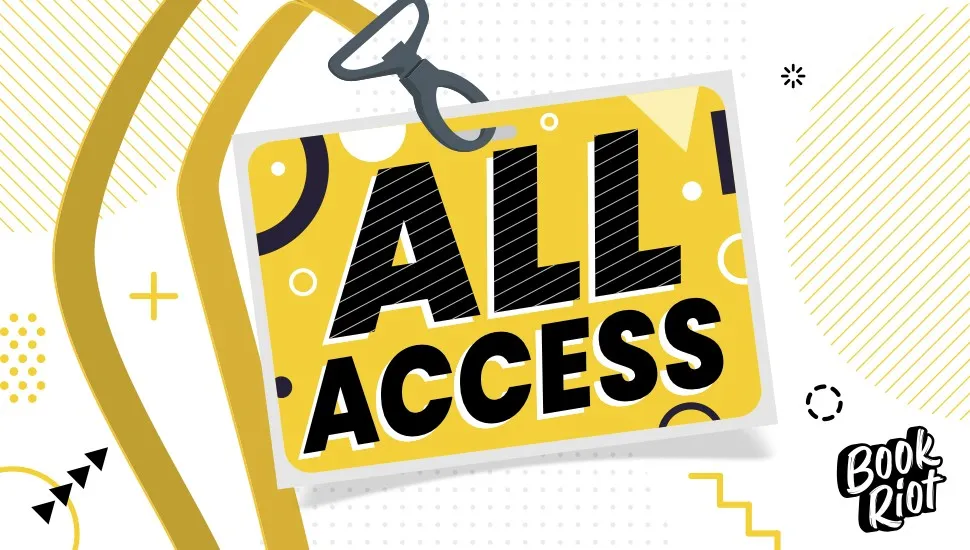




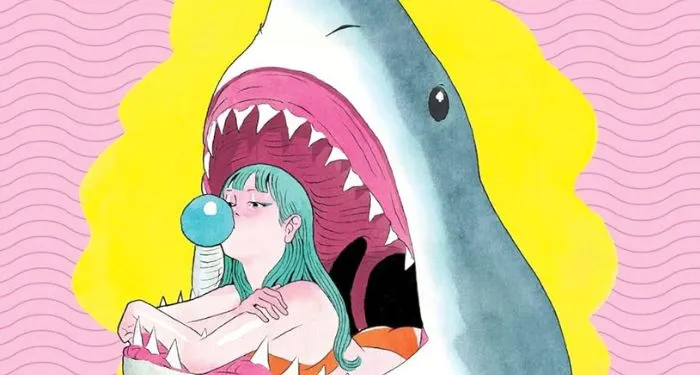



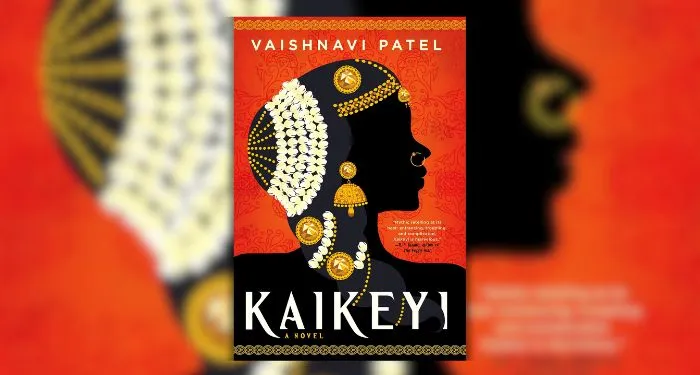


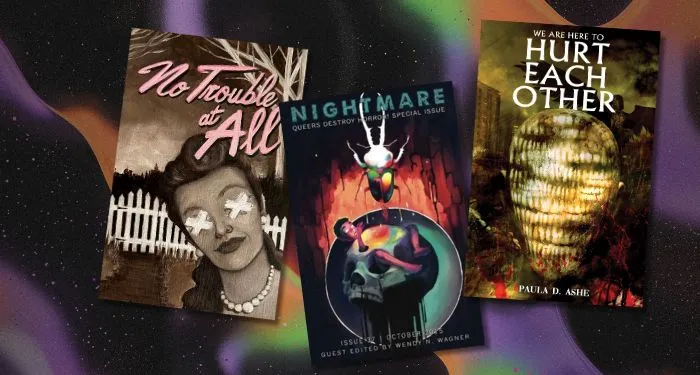

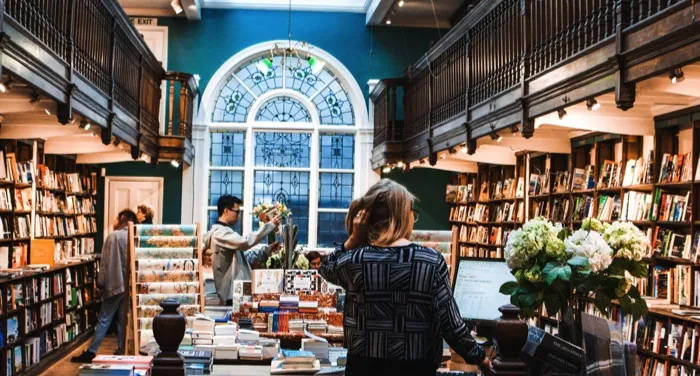
 English (US) ·
English (US) ·